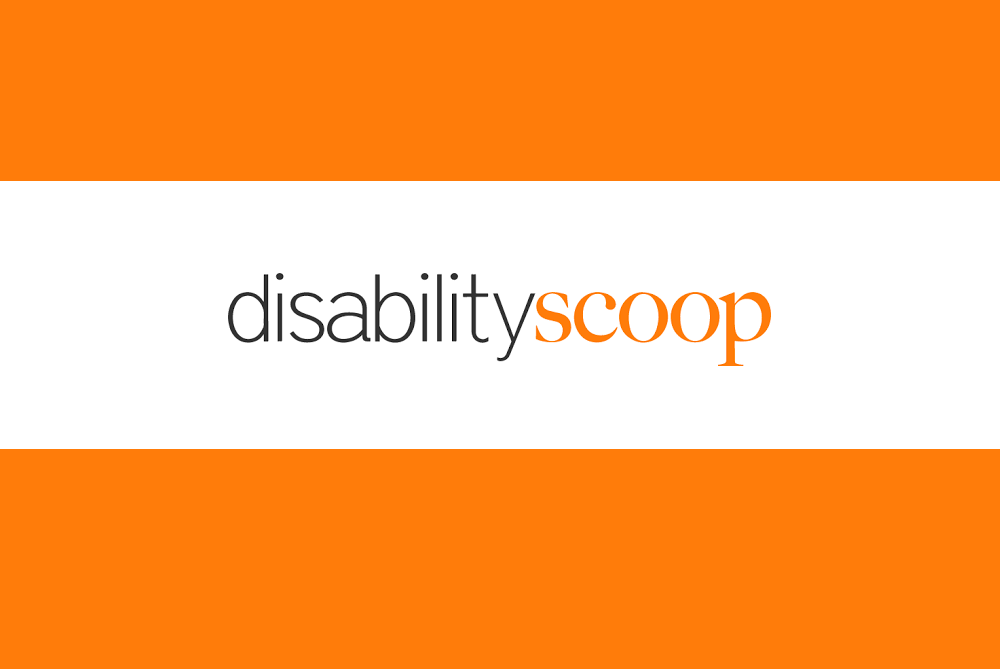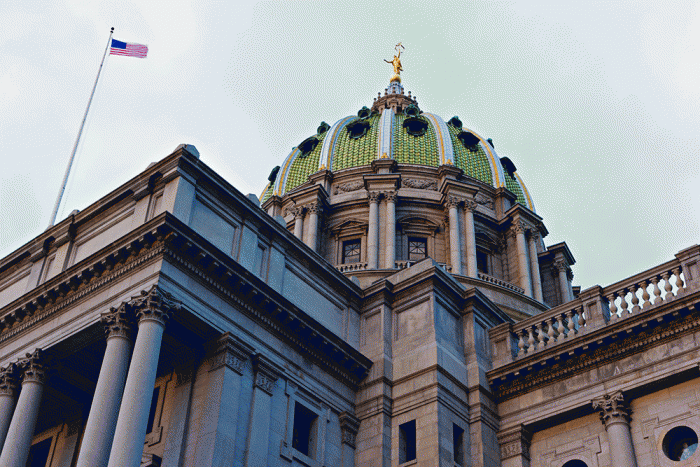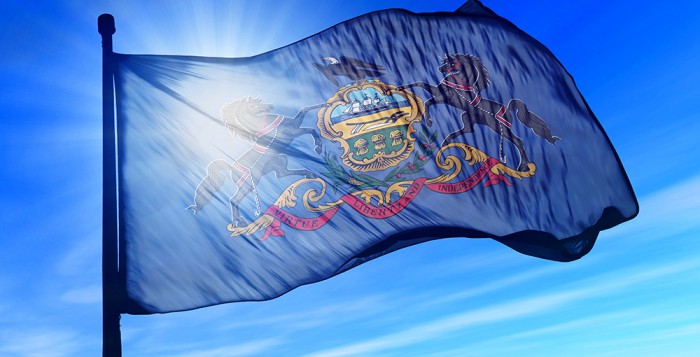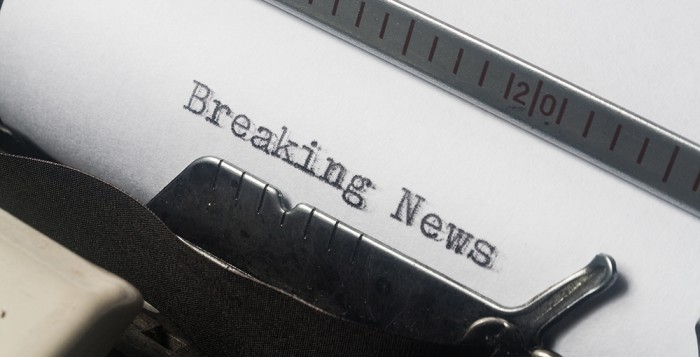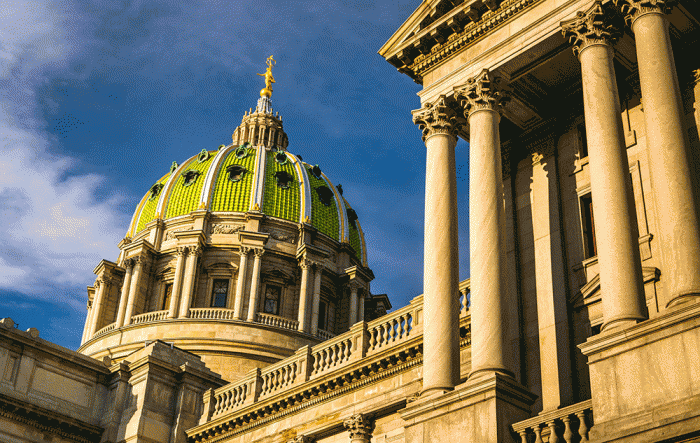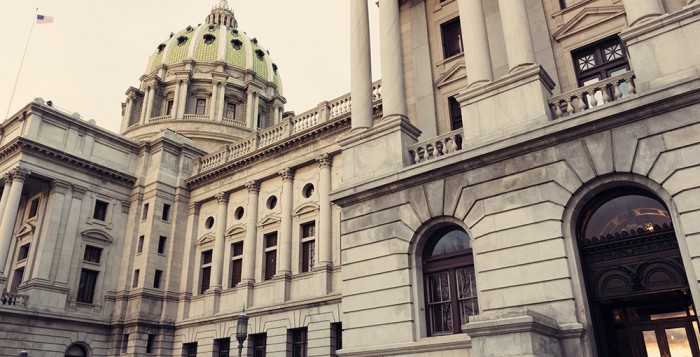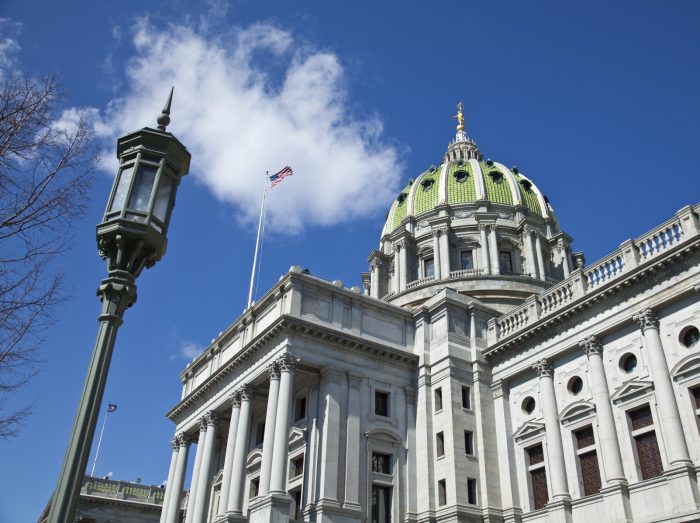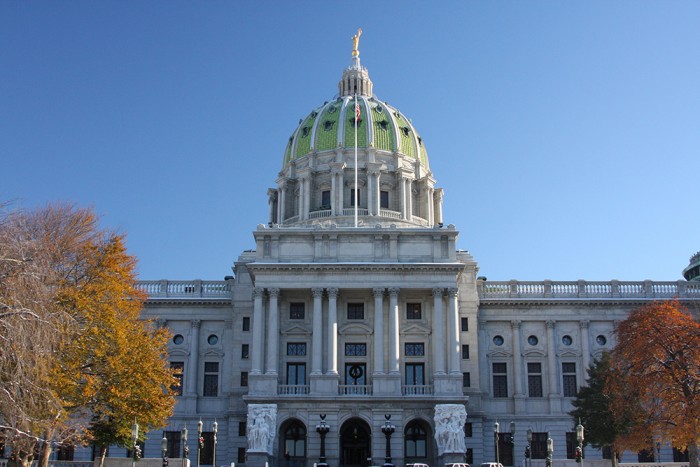budget
Pa. Legislature’s Unfinished Budget Business Leaves Uncertainty for Schools, Human Services: RCPA President/CEO Richard Edley Quoted
Governor Shapiro Signs Budget Into Law
Pa. Begins to Miss Education, Human Services Payments as Budget Impasse Continues
PA HHS-Related Secretaries Outline Funding That Cannot be Disbursed Without Signed Budget
The Secretaries of the Department of Human Services, Department of Drug and Alcohol Programs, Department of Health, and Department of Aging have written a letter to human services organizations about the budget impasse and an estimated $5.9 billion in planned state and federal funding that cannot be disbursed without a signed budget. The letter details specific funds that cannot be distributed through each department.
For Gov. Shapiro to sign HB 611, the General Appropriations bill for Fiscal Year 2023/24, which was passed by both the House and Senate, Senate President Pro Tempore Kim Ward must first deliver a signed physical copy of the bill to him. Sen. Ward is the only person with the power to call the Senate into session to complete this procedural step. Ward has adjourned the Senate until Sept. 18, 2023.
Read the full letter here.
Pittsburgh Nonprofits, Still Reeling From the Pandemic, Face Uncertainty as Pa. Budget Impasse Continues: RCPA Member PLEA Agency Quoted
Pennsylvania Counties Plan to Miss Big Social-Services Payment as State Budget Stalemate Drags On: RCPA Referenced
Pa. Is Still Without a Final Budget. What Does the Impasse Mean for State, County Programs? — RCPA President/CEO Richard Edley Quoted
July 20 RCPA GA Committee Meeting Cancelled; Budget Overview Provided
Mental Health Safety Net Services Funding: A FY 2023/24 Budget Imperative Letter
The sustained funding of community-based mental health services, such as community residential programs, family-based support, outpatient care, and crisis intervention, are critical to the wellbeing of our constituents and our communities. Funding levels for county mental health services have direct impacts on whether these important community and family supports will be available. Yet for too many years, state funding for mental health services has lagged far behind its needs. Counties find themselves advocating for the prevention of funds being cut instead of achieving the increases that are needed to catch up from years of underfunding.
This week’s letter, sent on behalf of the Coalition for the Mental Health Safety Net, stands as an open call to the PA General Assembly and stakeholders. For Pennsylvanians with a mental illness, the impact of the county funding shortfalls is already evident. The effects include: shortages of key mental health professionals; chronic underpayment of mental health providers; reductions/closures in mental health residential programs and supportive services, including employment and psychiatric rehabilitation services; uneven crisis response services; outpatient program closures; and the continuing criminalization of mental illness. Across the Commonwealth, there is no consistent level of mental health services available, and access to critical services largely depends on which county a patient lives in.
The Coalition is open to all new partners who wish to join our mission of advocacy for this 2023/24 initiative, as the time to act and engage with your representative is now. The Coalition will also be developing an advocacy toolkit for members to come together to sustain the safety net and serve those who need it most. The reality is that the demand for service far outweighs capacity and rate structures to serve this population.
If you have additional questions or would like to join the Mental Health Safety Net Coalition, please contact RCPA Policy Director Jim Sharp.





